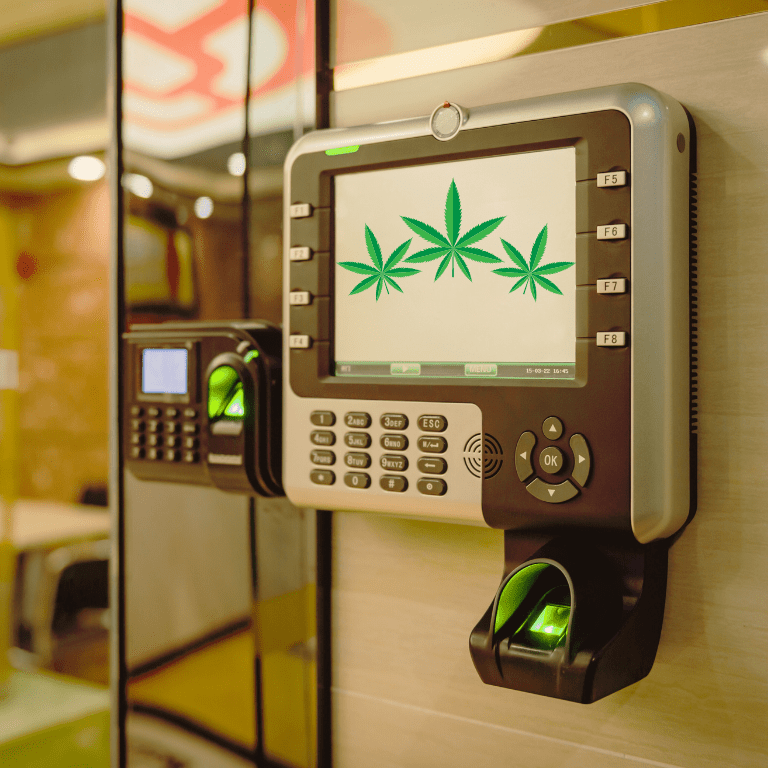Secure Entry: Biometrics and Access Control Solutions for Cannabis Operators

In the burgeoning cannabis industry, where security is paramount, implementing robust access control measures is essential to safeguard operations and assets. Biometric technologies offer a cutting-edge solution to enhance security and streamline access control within cannabis facilities. This article explores the role of biometrics and access control solutions in risk management for cannabis operators.
Understanding the Importance of Access Control in the Cannabis Industry
Access control serves as the first line of defense against unauthorized access, theft, and diversion within cannabis facilities. With valuable assets and sensitive data at stake, cannabis operators must prioritize security measures to mitigate risks and maintain compliance with regulatory requirements.
The Evolution of Access Control Technologies
Traditional access control methods, such as keys and keycards, have limitations in terms of security and accountability. Biometric technologies, however, offer a more robust and reliable solution by using unique physical or behavioral characteristics for identity verification. These technologies include fingerprint scanners, facial recognition systems, iris scanners, and palm vein recognition.
Benefits of Biometric Access Control
Enhanced Security: Biometric identifiers are difficult to duplicate or forge, providing a higher level of security compared to traditional access control methods.
Convenience: Biometric systems eliminate the need for physical keys or access cards, streamlining the entry process for authorized personnel.
Accountability: Biometric systems create a digital audit trail of access attempts, providing detailed records of who entered specific areas and when.
Reduced Risk of Unauthorized Access: Biometric identifiers cannot be lost, stolen, or shared like keys or access cards, reducing the risk of unauthorized access.
Implementing Biometric Access Control in Cannabis Facilities
Assess Security Needs: Conduct a thorough assessment of security risks and access control requirements specific to the cannabis facility.
Select Biometric Technologies: Choose biometric systems that align with the security needs and operational requirements of the facility.
Integration with Existing Systems: Ensure seamless integration of biometric access control systems with existing security infrastructure, including surveillance cameras and alarm systems.
Employee Training: Provide comprehensive training to employees on how to use biometric access control systems effectively and securely.
Regular Maintenance and Updates: Schedule regular maintenance checks and software updates to ensure the optimal performance and security of biometric systems.
Overcoming Challenges and Considerations
While biometric access control offers numerous benefits, there are also challenges and considerations to address:
Privacy Concerns: Address privacy concerns related to the collection and storage of biometric data.
Cost: Consider the initial investment and ongoing maintenance costs associated with implementing biometric access control systems.
Integration Complexity: Ensure compatibility and seamless integration with existing security systems and software.
Regulatory Compliance: Ensure compliance with data protection regulations and industry standards related to biometric data.
Biometric access control solutions offer cannabis operators a sophisticated and effective means of enhancing security and mitigating risks within their facilities. By leveraging biometric technologies, operators can ensure secure entry, streamline access control processes, and maintain compliance with regulatory requirements. As the cannabis industry continues to evolve, biometric access control will play an increasingly integral role in safeguarding operations and assets.











